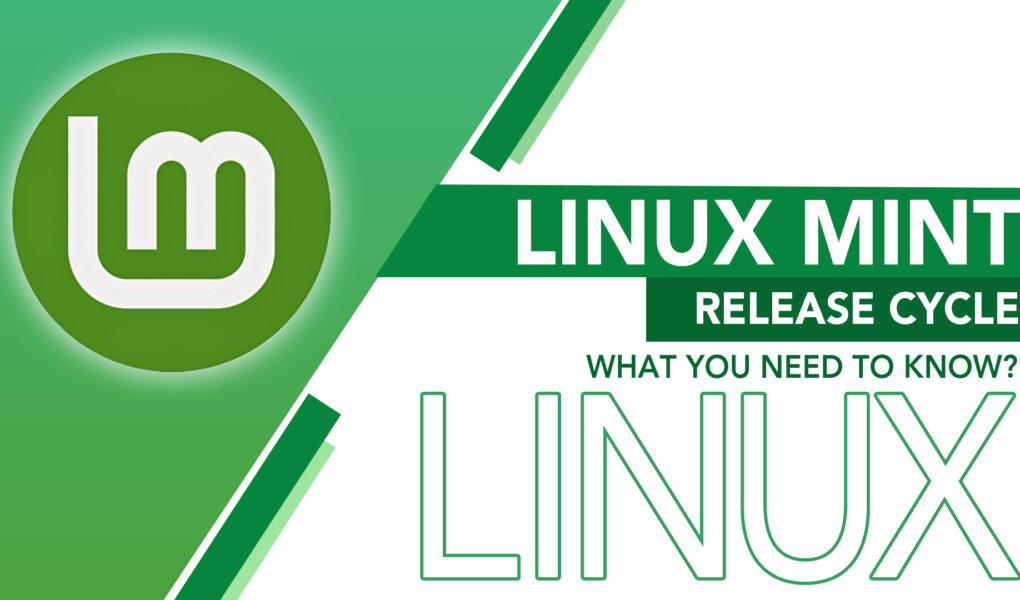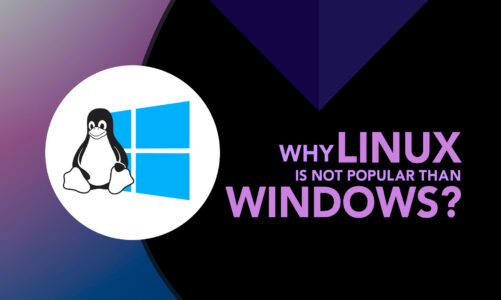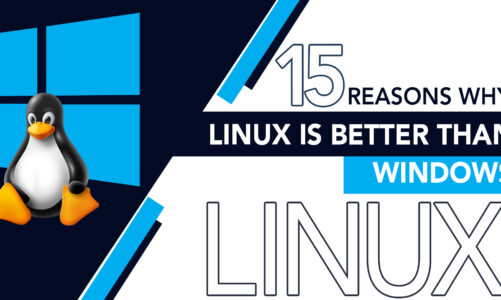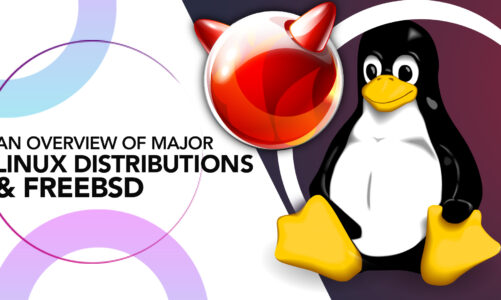In the constantly evolving world of technology, operating systems are continually updated to provide users with optimal performance, reliability, and security. Linux Mint, a widely used and popular operating system, is no exception. Therefore, having a good understanding of how its release cycle works is crucial to ensure you make the most out of its features and capabilities.
No worries if you weren’t sure about it all before. In this article, we’ll be taking a closer look at the Linux Mint release cycle and explaining what you need to know.
What is Linux Mint?
Linux Mint has established itself as a prominent Linux distribution thanks to its intuitive interface, reliability, and strong security measures. It serves a wide range of users with varying levels of proficiency, including novices and experienced professionals. Being built on top of Ubuntu, Linux Mint enjoys access to the extensive software repository and support infrastructure offered by Ubuntu.
Ubuntu Release Cycle
Ubuntu, the base of Linux Mint, has a six-month release cycle. These releases include both short-term and long-term support versions. Short-term releases are tailored for users who seek the most recent software and functionalities. However, they are only supported for nine months. Long-term support (LTS) releases are released every two years and receive support and updates for five years.
Why Does Linux Mint Use LTS Releases
The reason the Linux Mint team opts for using the LTS releases of Ubuntu as a foundation for their distribution is that they provide extended support and security updates. This ensures that the operating system remains stable and secure for a longer time. However, the downside of using LTS releases is that the software packages can become outdated as time progresses.
Linux Mint Release Cycle
Linux Mint’s release schedule follows that of Ubuntu’s LTS releases. As an example, the most recent version of Linux Mint, 21.1 Vera, is based on the latest LTS release of Ubuntu, version 22.04 (Jammy Jellyfish). Linux Mint releases come out a few months after the corresponding Ubuntu LTS release. This is because the Linux Mint team needs time for their own development and testing work. Each Linux Mint release is supported for five years, which is the same as the corresponding Ubuntu LTS release.
Updates and New Packages
Linux Mint provides updates and new packages through its own package manager. An increasing number of users are adopting the Flatpak and Snap formats as alternative means of distributing software. The advantage of Flatpak and Snap formats is that users receive updates immediately when they become available. This means that users of Linux Mint, even those using LTS releases, do not suffer from outdated software packages.
Linux Mint Release Schedule
As we’ve seen, Linux Mint follows the Long Term Support (LTS) release cycle of Ubuntu, which means that it releases a new version every two years. While this may seem like a long time between releases, it ensures that each release is thoroughly tested and stable.
The latest version of Linux Mint, as of February 2023, is version 21.1 Vera. This version is based on Ubuntu 22.04 LTS, which was released in April 2022 and will receive support until April 2027. Previous versions of Linux Mint, such as version 20.3, were based on Ubuntu 20.04 LTS and will receive support until April 2025.
Stability and Security
One of the benefits of Linux Mint’s release cycle is that it prioritizes stability and security. By using the LTS version of Ubuntu as a base, Linux Mint can offer 5 years of support and security updates to users, rather than the 9 months of support and updates offered by Ubuntu’s short-term releases. This ensures that users can continue to use their system without worrying about compatibility issues or security vulnerabilities.
However, this focus on stability and security can also have its downsides. Because Linux Mint releases are based on LTS versions of Ubuntu, the packages and software included in each release may be up to two years old. This means that users may not have access to the latest features or software updates that have been released in the intervening years.
Software Updates
To address this issue, Linux Mint includes a package manager that allows users to easily update their software and packages. Additionally, the increasing popularity of Flatpak and Snap formats means that users can receive software updates as soon as they’re available, even if they’re not included in the LTS release of Linux Mint.
Conclusion
Understanding the release cycle of Linux Mint is essential for users who want a stable and secure operating system. The Linux Mint release cycle is designed to prioritize stability and security, with new versions being released every two years based on Ubuntu’s Long Term Support cycle.



